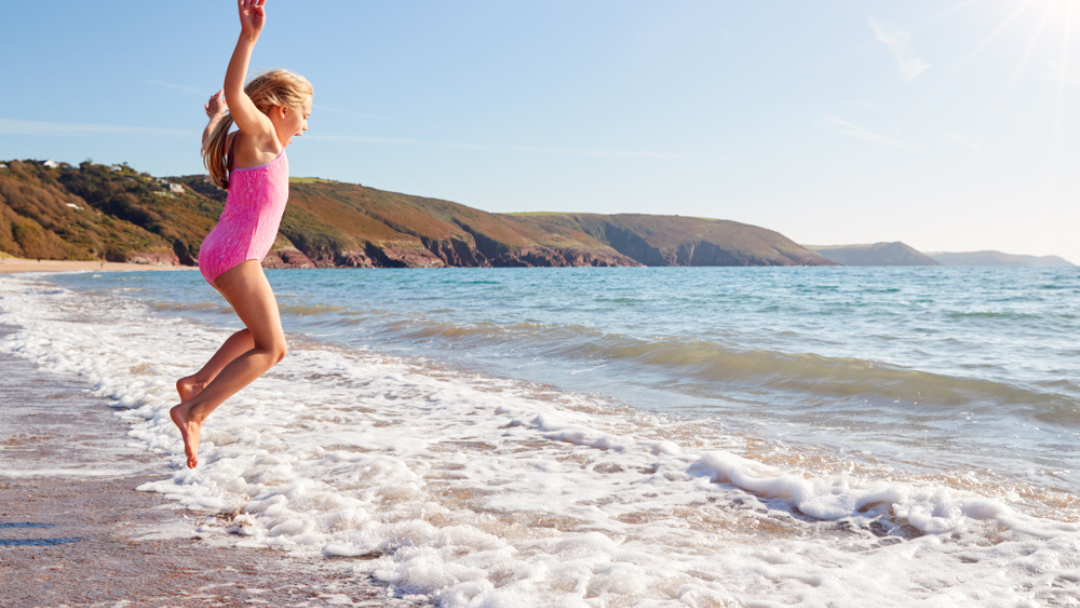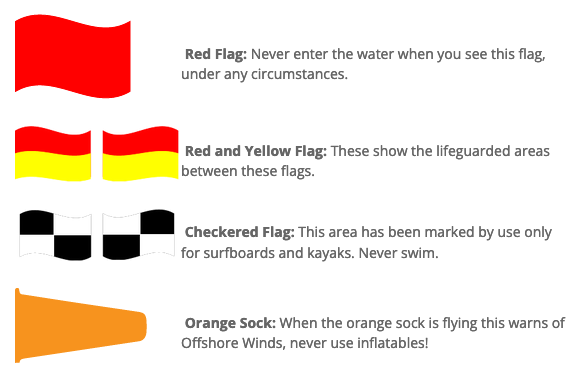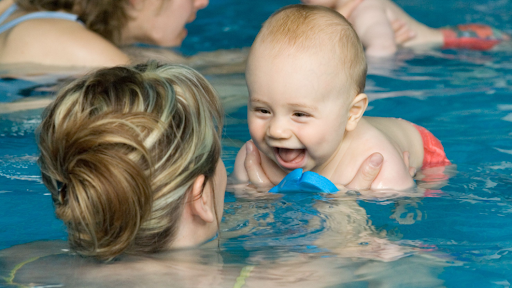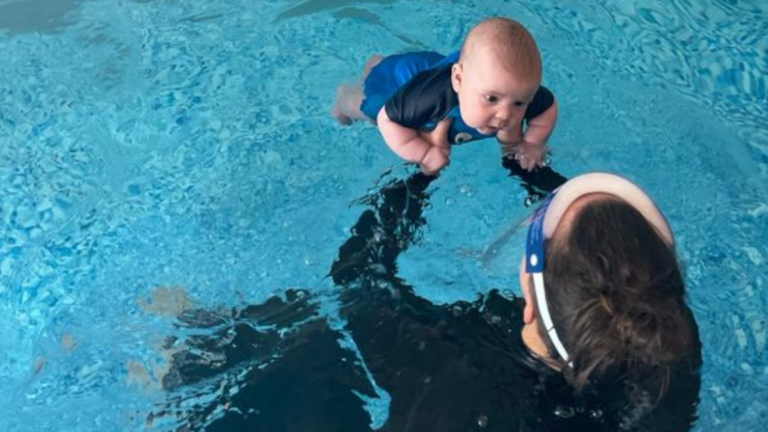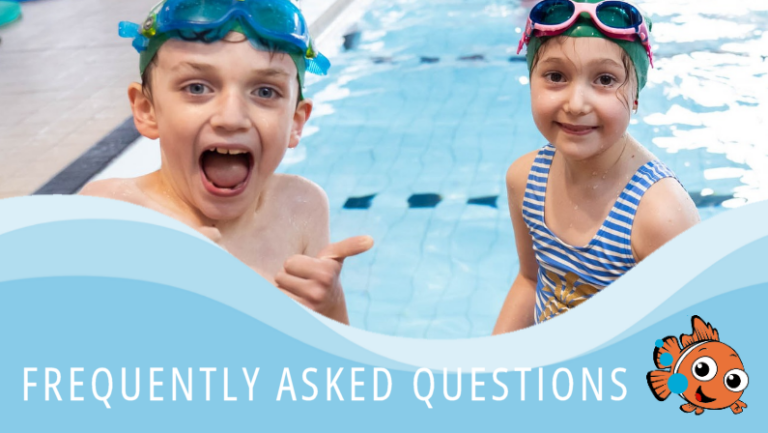How to Keep Your Kids Safe While Swimming at the Beach This Summer
With summer holidays shortly underway, many of us will be getting the chance to swim at the beach. At Cindy’s Swim School we love all things swimming, and sea swimming is a big part of that! Being swimming fit makes other swimming activities all the more fun and accessible, especially swimming in the sea!
If you are planning a beach holiday or have the sea on your doorstep, sea swimming can be a fantastic experience, but it is important to prioritise safety, especially with kids! At Cindy’s, water safety is one of our core foundation essentials, we teach it right from the start in our baby lessons, all the way through to our advanced squad sessions, which incorporate Rookie Lifesaving skills.
One way to prepare your children for swimming in the sea is to give them a crash course in swimming that will give them an immediate boost of confidence, safety skills, and increased fitness for days out at the beach. Book now for our summer holiday crash courses in 2025.
Top Sea Swimming Safety Tips for Famililes:
As we reported in our National Drowning Prevention Week article, over 40% of accidental drownings happen during the summer — the season when families are most likely to be in and around water. Therefore before wading into the waves, it’s crucial to consider safety precautions for you and your children. These rules should keep you all safe whichever beach you are at in the world.
Check the weather forecast:
Sudden weather changes can create dangerous swimming conditions so always check the local weather forecast and tide reports before heading to the beach. Avoid swimming during storms, in high winds, in poor visibility or when there are strong currents.
Swim in lifeguarded beaches and notice landmarks:
If possible, choose beaches with lifeguards and swim within their designated areas. Keep your children near you and give them clear instructions on where to go if you get separated. Alert them to any flags or landmarks that they must stay close to. It is easy to drift when swimming in the sea, so this is really important to keep your bearings.
Know your beach flags!
Explain the meaning of different coloured flags on the beach to your kids and show them where it is or is not safe to swim. Beach flags may differ overseas, but these are the one familiar to the UK. Try testing your kids on these to see if they can memorise them!
With credit to: https://www.newquay.co.uk/know-beach-flags/
Don’t swim alone:
It’s one thing letting your kids paddle and play on the shore under your supervision, but it’s another to go further out for a swim. Set the boundaries with your children, so they know how far is too far! This will depend on the strength of the waves, the depth of the water etc.
If you are going for a swim, it is always safer to swim with a friend or family member. They can provide assistance if you encounter any difficulties. Similarly, never participate in a sea sport without a buddy – accidents can happen pretty fast, having someone there to help can be the difference between life or death.
Be aware of rip currents:
Rip currents are powerful, narrow channels of fast-moving water that can quickly pull swimmers away from the shore. If you have done your beach homework – see the section below – you will hopefully be aware of any rip currents and avoid swimming there, and certainly not with kids. If you do experience a rip current it can be very scary, but the key is not to panic. Instead, swim parallel to the shore until you’re out of its pull.
Watch out for natural hazards – rocks, sandbanks, waves and jellyfish!
These are the things that can make all the difference between a happy swimming experience and an injury. It’s a good idea to bring aqua shoes, jelly shoes, crocs etc. to protect feet, especially on shingle beaches. Take care to notice the natural characteristics of the beach: are there any rocky areas? Is there a sudden sandbank drop in the water? Does the beach have areas of sinking sand? How strong are the waves? And do you need to worry about jelly fish stings? Find out before you and your children start swimming in the sea.
Respect your limits:
Be honest about your swimming abilities as well as those of your children. They rely on you to get them out of any trouble, so if you are not a confident swimmer don’t venture too far from the shore.
How to find safe beaches to swim near you:
To find safe swimming beaches will depend on where you are in the world. In the UK, there are a multitude of resources online. We recommend looking at The Beach Guide as a starting place, where you can search by location.
Given the news recently about sewage overflows into UK water, it is also worth looking at the UK Government website to check the quality of the bathing water in England. Here are similar links for Wales bathing water quality, Scotland, and Northern Ireland.
If you are on holiday overseas, then here are some tips to find safe swimming beaches.
Local beach guides:
Research local beach guides or visit official tourism websites for information on safe swimming beaches in your area. These resources often provide up-to-date information on water quality, lifeguard presence, and potential hazards.
Ask your holiday rep or the locals:
Seek advice from your holiday rep or hotel staff who are familiar with the area. They can recommend safe beaches based on their knowledge and experience, like advising you about any rocks lurking beneath the waves or sneaky sandbank shore breaks.
Online resources:
There are a multitude of online platforms that provide beach safety ratings and user reviews. These platforms often offer insights into water quality, lifeguard availability, overall safety, and not to mention, where you can catch the best waves 🙂.
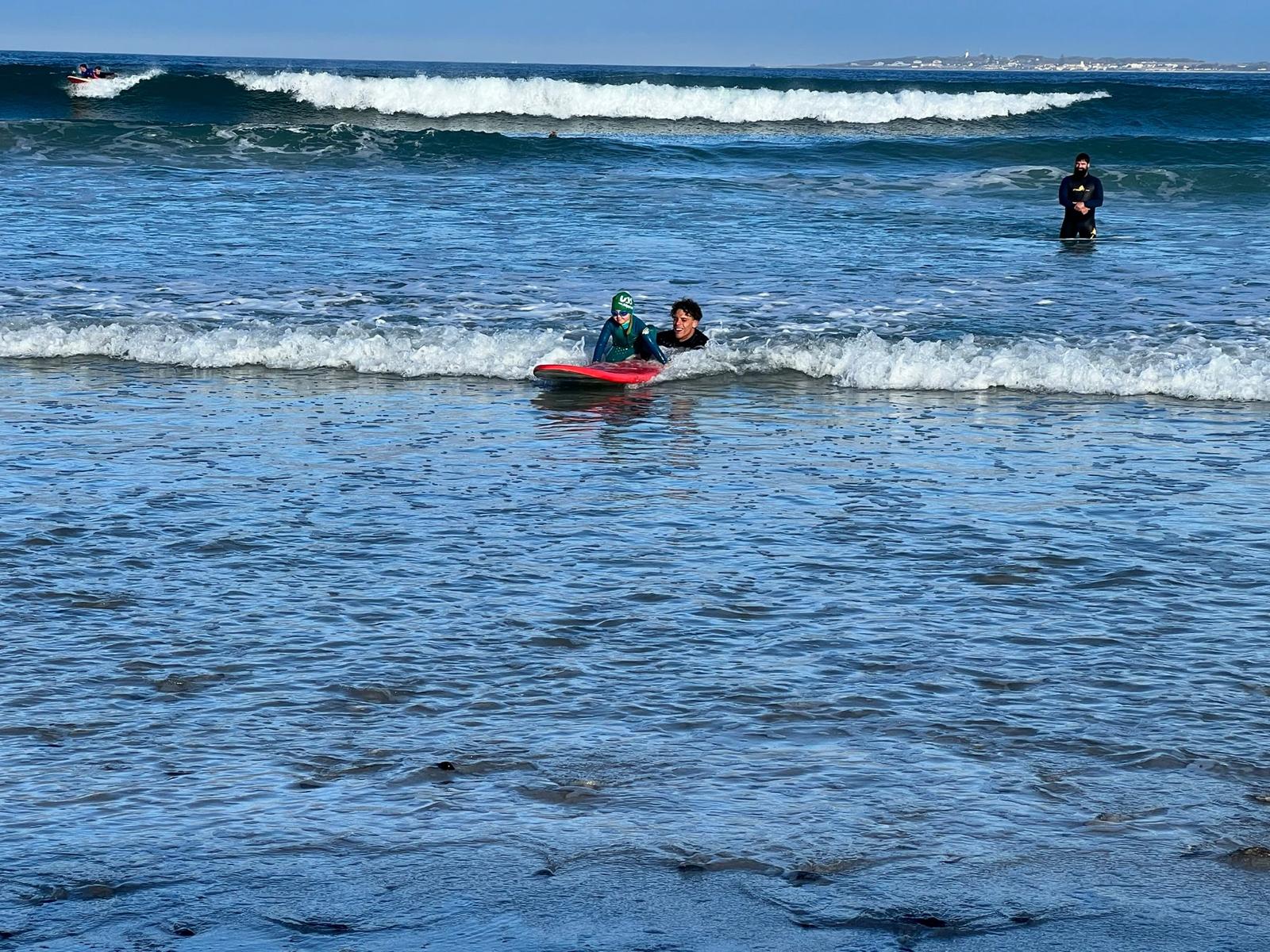
When is it safe to swim in the sea?
There will be certain conditions that make swimming in the sea less safe. Most of these are common sense: there is no way a sensible parent will take their children to the beach for a swim in the fog, for instance. Nevertheless, these are some other factors to remember:
Avoid high tides:
Be aware of the tide times and avoid swimming during high tide, as it can create stronger currents and potentially hazardous conditions.
Be aware of the water temperature:
Cold water can cause hypothermia, so ensure the water temperature is suitable for swimming. In cold water be careful to use specialist clothing: wetsuits (drysuits), hoodies, gloves, booties etc.
Check the visibility:
Poor visibility due to fog, heavy rain, or darkness make sea swimming dangerous. Always swim during daytime when the weather is settled.
Finally, there is no better way to prepare yourself for some fun sea swimming than by being swimming fit. The vast benefits of swimming as a form of exercise are already well documented, and what better way to enjoy the ocean than when you are fit and ready for action! So, dive in, have fun, and make the most of your summer holiday!
FAQ: Sea Swimming Safety at the Beach
What’s the best age to start sea swimming?
With adult supervision, children as young as 4–5 can enjoy sea paddling and short swims. Always start in calm, shallow waters.
Can my child swim alone if they’re confident?
No. Even confident swimmers should never swim alone in open water due to unpredictable conditions.
How can I teach my child about rip currents?
Use beach models, videos (like this one) or practice in swimming lessons. Explain what they are and role-play how to swim out of one.
Is it better to swim in high tide or low tide?
The safest time to swim is usually during a mid to low incoming tide. This offers gradually deepening water and calmer conditions. Low tide can expose rocks and create strong rip currents, while high tide often brings deeper water and stronger shore-breaking waves. Always check local tide times and ask lifeguards for guidance.
What gear should I bring to the beach?
Swimwear, water shoes, rash vests, sunscreen, goggles, and extra towels. A wetsuit is ideal in cooler water.
Equip Your Child with Stronger Swimming Skills this Summer
Give your child the skills and confidence they need for summer sea swimming with our fun, friendly summer holiday crash courses. Taught by qualified instructors at Cindy’s Swim School, they’re the perfect way to boost fitness, water awareness and safety before your family hits the beach.



